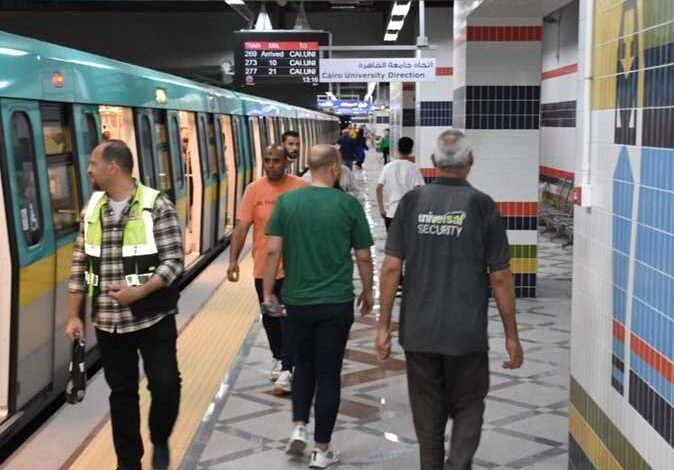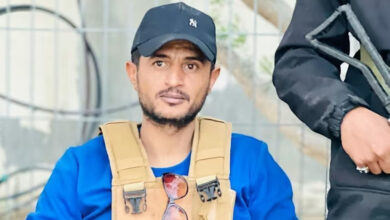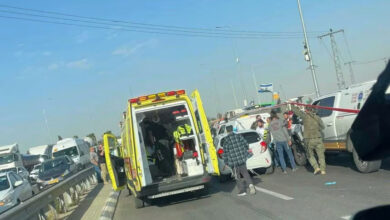
President Abdel Fattah al-Sisi on Saturday inaugurated the third phase for the third line of the underground metro in the Giza Governorate via video conference.
The inauguration comes on the sidelines of the President’s attendance at the inauguration of Upper Egypt’s Bashtil Station in Giza.
Here are the most important facts about the third phase for the third line of the metro:
- The passenger transport capacity of the third metro line is 1.5 million passengers per day.
- The third phase of the third metro line extends north to the interchange station at Rod al-Farag axis, and south to Cairo University station.
- The length of the third phase of the third metro line is 17.7 km.
- The third phase includes 15 stations (eight underground – five elevated – two surface) that have been implemented and operated experimentally with passengers in three phases.
- After the opening of the third phase of the third metro line, the third line will be fully operated with a length of 41.2 km, and a number of 34 stations (21 underground – two surface – 11 elevated).
- The passenger transfer service is provided on the third metro line with the first metro line at Nasser station, and with the second metro line at Attaba and Cairo University stations.
- The third metro line has a fleet of 80 air-conditioned trains.
- The implementation of the third metro line also took into account that the line is suitable for its users with disabilities.
- The third metro line is the first transverse artery linking East and West Greater Cairo.
- The third metro line is the link between all components of the electric traction railway network (the metro network, monorail lines, and the light electric train).
The third metro line includes three workshops for overhauling and maintaining the operating mobile units, divided into:
- The Abbassia workshops on an area of 10 acres.
- The Imbaba workshops on an area of about 24 acres, where light train repairs are carried out.
- The Al-Salam workshops, which are considered one of the largest workshops in the Middle East and Africa located on an area of 65 acres, dedicated to light and heavy train repairs.
Edited translation from Al-Masry Al-Youm




